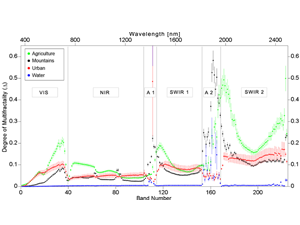
Krupiński, M., Wawrzaszek, A., Drzewiecki, W.,Jenerowicz, M., Aleksandrowicz, S. (2020), What Can Multifractal Analysis Tell Us about Hyperspectral Imagery?
Hyperspectral images provide complex information about the Earth’s surface due to their very high spectral resolution (hundreds of spectral bands per pixel). Effective processing of such a large amount of data requires dedicated analysis

EOTiST
EOTiST aims to enhance the S&T capacity of the Space Research Centre of the Polish Academy of Sciences (CBK PAN) and to achieve excellence in research of EO products’ assimilation in the ecosystem assessment
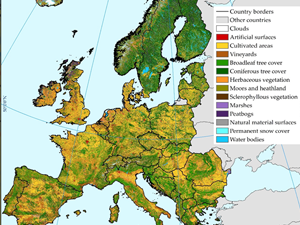
Malinowski, R., Lewiński, S., Rybicki, M., Gromny, E., Jenerowicz, M., Krupiński, M., Nowakowski, A., Wojtkowski, C., Krupiński, M., Krätzschmar, E., Schauer, P. (2020), Automated Production of a Land Cover/Use Map of Europe Based on Sentinel-2 Imagery
Up-to-date information about the Earth’s surface provided by land cover maps is essential for numerous environmental and land management applications. There is, therefore, a clear need for the continuous and reliable monitoring of land
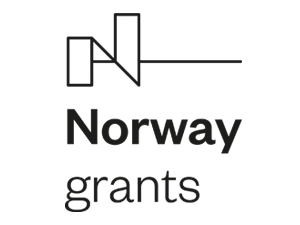
ARICA
ARICA: A multi-directional analysis of refugee/IDP camp areas based on HR/VHR satellite data Both natural and humanitarian catastrophes result in massive displacement of the affected population. The problem of the continuous increase of refugees/internally

Kotarba A. (2020), Calibration of global MODIS cloud amount using CALIOP cloud profiles
The Moderate Resolution Imaging Spectroradiometer (MODIS) cloud detection procedure classifies instantaneous fields of view (IFOVs) as either “confident clear”, “probably clear”, “probably cloudy”, or “confident cloudy”. The cloud amount calculation requires quantitative cloud fractions
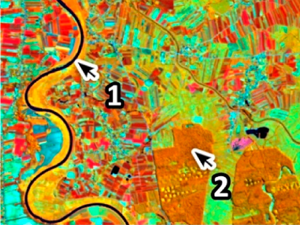
Dziob D., Krupiński M., Woźniak E., Gabryszewski R. (2020), Interdisciplinary Teaching Using Satellite Images as a Way to Introduce Remote Sensing in Secondary School
This article aims to meet two needs: (i) the need for skilled workers and students in the area of remote sensing and (ii) the need to make school science interesting for students. This article
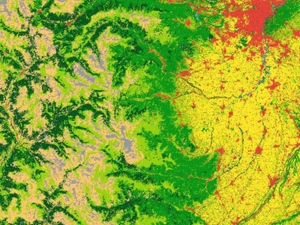
Belcore E., Piras M., Woźniak E. (2020), Specific alpine environment land cover classification methodology: Google Earth Engine processing for Sentinel-2 data
Land Cover (LC) plays a key role in many disciplines and its classification from optical imagery is one of the prevalent applications of remote sensing. Besides years of researches and innovation on LC, the
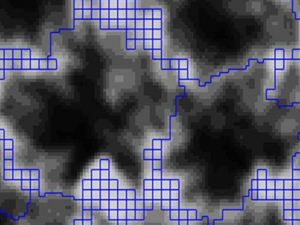
Belcore E., Wawrzaszek E., Woźniak E., Grasso N., Piras M. (2020), Individual Tree Detection from UAV Imagery Using Hölder Exponent
This article explores the application of Hölder exponent analysis for the identification and delineation of single tree crowns from very high-resolution (VHR) imagery captured by unmanned aerial vehicles (UAV). Most of the present individual
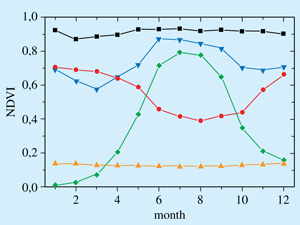
Woźniak E., Gabryszewski R., Dziob D. (2020), Remote sensing and electromagnetic wave behaviour to measure vegetation phenology with physics
Interdisciplinary models of teaching have been present in education systems for at least 30 years. The idea of the interdisciplinarity is to show students the contextualisation of subject knowledge, its relation to real-life problems
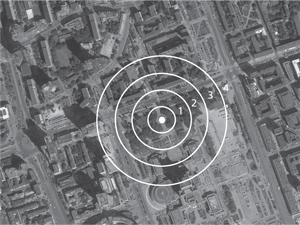
Szulkin M., Garroway C. J., Corsini M., Kotarba A. Z., Dominoni D. (2020), How to Quantify Urbanization When Testing for Urban Evolution?
Urban Evolutionary Biology fills an important knowledge gap on wild organismal evolution in the urban environment, whilst offering a novel exploration of the fast-growing new field of evolutionary research. The growing rate of urbanization
 Wersja polska
Wersja polska English version
English version